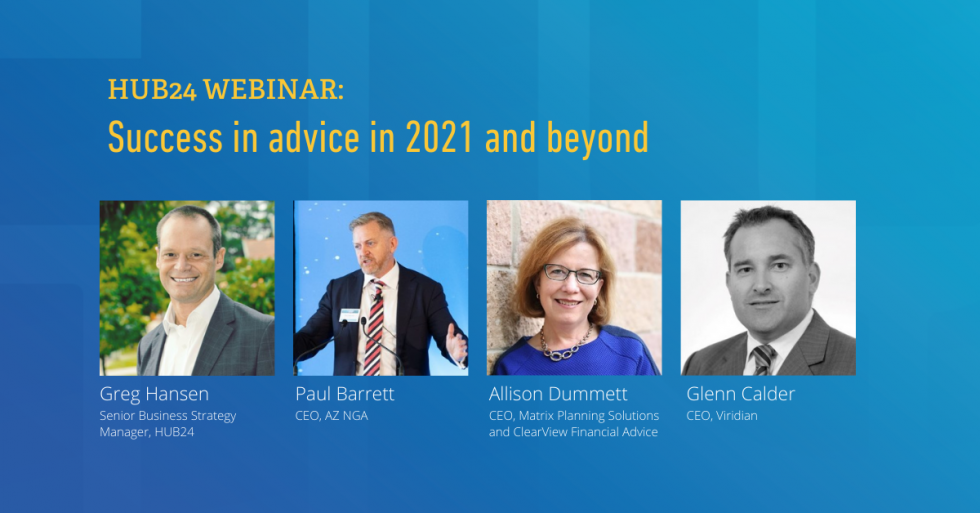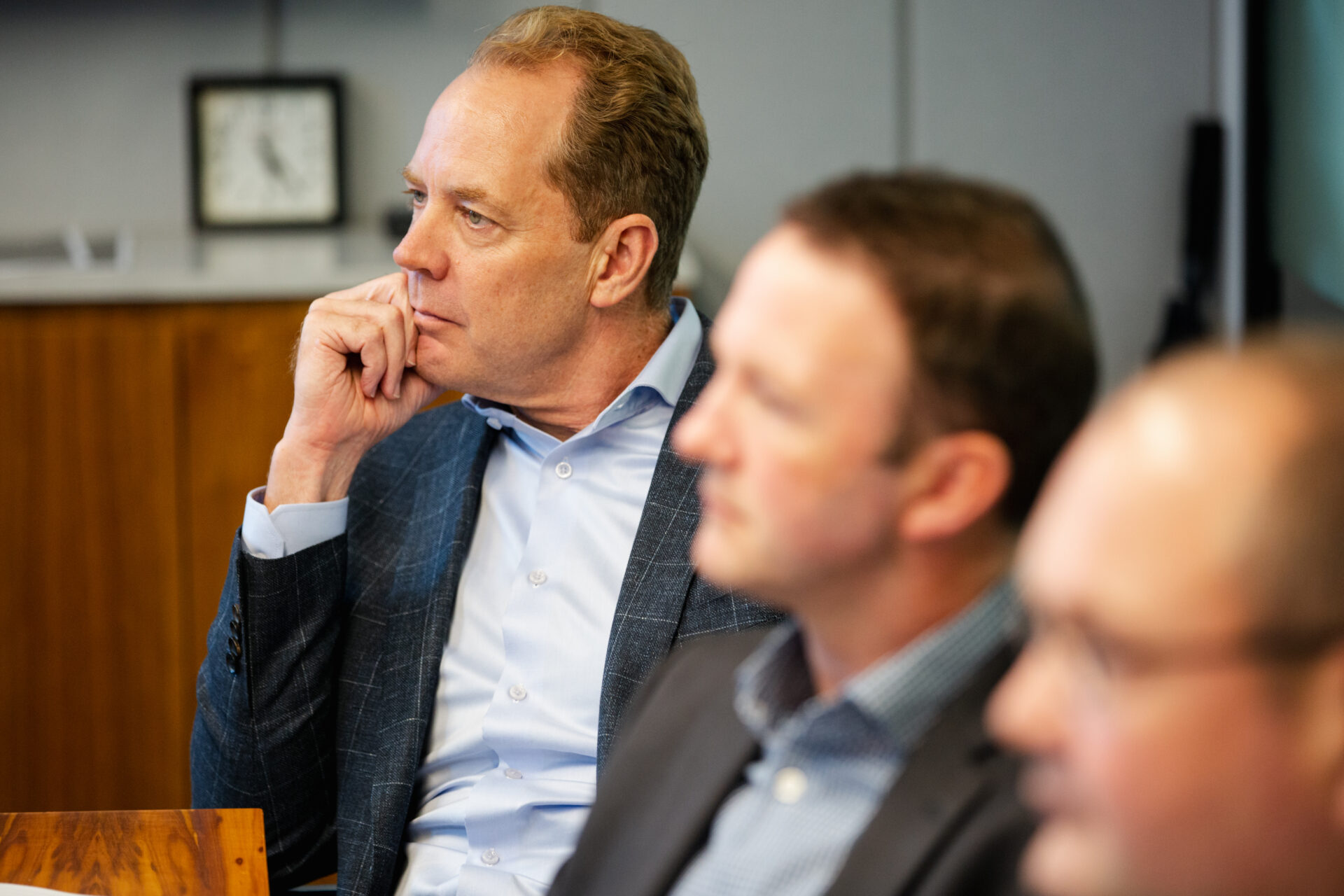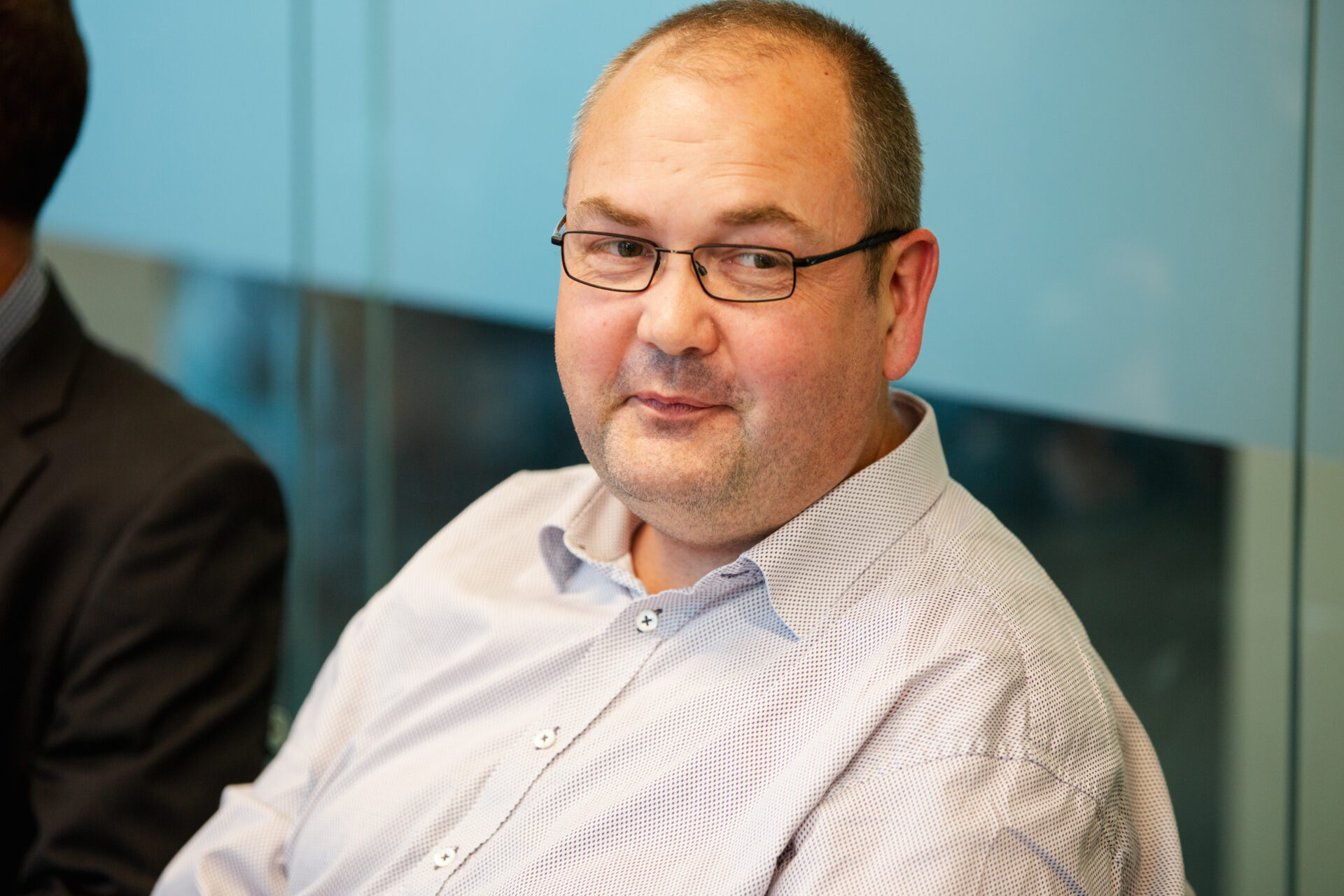Part 3: Underutilisation, attitudes to M&A and forward-looking analytics
In Part 3 of our transcript from our recent webinar session with HUB24’s Senior Business Strategy Manager Greg Hansen, leaders of change in the advice industry – AZ NGA CEO Paul Barrett, Viridian CEO Glenn Calder and Matrix Planning Solutions and ClearView Financial Advice CEO Allison Dummett – discuss how they are working with practices and advisers to encourage entrepreneurialism, challenge profitability, achieve digital connectivity and collaborate to advance advice.
Greg Hansen (GH) – Can you tell me a bit about your businesses?
Allison Dummett (AD) – I am the CEO of two licensees – Clearview Financial Advice and Matrix Planning Solutions – different brands, but behind the scenes it’s one kitchen with many restaurants and one back office. We primarily work with self-employed advisers – all up we have around 200 or so advisers across Australia.
Glenn Calder (GC) – Viridian Advisory formed in 2015. We just wanted to do things a little bit differently after coming out of major institutions. Our model is around promoting everyone to share ownership. We run two licenses as well – Viridian Advisory License is a self-employed channel and Viridian Select for self-employed advisers who are culturally aligned with where we are heading, which is around the future direction of the industry.
Paul Barrett (PB) – ANZ NA formed six years ago. We are an investor in professional advisory services SMEs, so accounting firms, financial planning firms and other financial service companies. What we try and do is help those firms use capital and debt to grow. We have a succession solution and a whole lot of other solutions for those firms to access.
GH – We are talking about scrutiny of the right areas, and I know one area you track, Paul, is utilisation.
PB – One of the things we have used Xplan to do is to track utilisation. If a firm has got 100% of its ongoing serviced clients or active clients on Xplan and we know what the opt-in or anniversary of their service track dates are, then we can predict the number of meetings and annual reviews etc. that advisers are going to have every year with their client book. And if we know an adviser has a KPI to bring in 10 new clients a year, we can also make some well-informed assumptions around how many meetings that adviser has to do to bring 10 new clients in. We can quite accurately predict the number of meetings that an adviser needs to do every month across a year. We just did this exercise with half of our firms last quarter. One of our firms set a KPI of six annual reviews and two new client meetings per week and so we are able to then set up a KPI that is measurable over a year, quarter by quarter, month by month.
We looked at the Xplan records and we were able to predict the utilisation, the actual number of meetings an adviser was going to have a year against the KPI. In the best-case example against the six firms we did this with, the advisers as a group were about 40% of their KPI.
Now that is not saying that the advisers are lazy or not doing their jobs. This is a fact base we are trying to build. Because if I go to the advisers in those firms and say, “You’re at 40% of your KPIs,” they are going to ark up and say, “Well no, we’ve got a whole bunch of other stuff we do.” Now if you were to agree that an adviser’s key skill set is sitting in front of clients and advising them and they are only at 40% utilisation of that task, then there is a problem. We’ve got these highly skilled expensive resources at 40% utilisation. Why? And there are lots of reasons, but some of the most obvious are the advisers are doing a lot more than seeing clients. The advisers are doing a whole bunch of follow up, admin, training. When we set the KPI in the first place, we did accommodate some of that, but still it is not working. So, most advisers in our firms will say to us they are really busy and stressed with their workloads. When we go and establish the fact base that they are at 40 or 50% utilisation, “Houston, we have a problem.” The facts are telling us either the KPIs are unrealistic or advisers are doing tasks that are not the sort of tasks they should be doing–and I think that is a large part of the answer.
In some pockets, there are work rate issues, but by and large, the issue is that we are not deploying our resources properly. For us, there is a real focus on how we get the support function to enable the adviser to spend their six or eight meetings a week in front of clients. But if you don’t track the stuff, you never really are going to be able to have a meaningful change management conversation. People are just going to give you generalised answers for reasons why it’s hard, but we are trying to track it so we can find a solution.
Underutilisation is probably the biggest single challenge facing large advisory based practices today.
GH – Along with underutilisation I know another thing you reflect on is client retention.
PB –It is more expensive to win a new client than it is to retain an existing one. It’s a fact. The process of M&A has taught us the folly of client retention. What often happens is firms will do M&A to grow revenue or to get new client relationships and the act of the M&A project itself is seen as the whole thing–“Mission accomplished! We are going to improve our financials.” In fact, it’s just the start.
If you buy a client book, it shows that unless you are growing net client numbers in that book, you’ll do your dough. Over a period of seven to ten years, you’ll do your dough. You will actually financially speaking be worse off than before you did the deal once you take into account interest and principal repayments and all the other operational costs of running a newly acquired business, you’ll do your dough. So, you have to track net client growth every year. If we go buy a book of $300,000 of revenue, you want to be targeting after the first year, 5-10% growth. Without tracking, you’re not actually likely to achieve that result.
AD –I think one of the things that happened a lot in the past is that people looked at an acquisition almost like acquiring an annuity income stream, without considering the individual work needed to retain those clients and in fact grow the business to get a return. —It’s very important that they consider what types of clients they are acquiring, if they represent value for the organisation, and if this acquisition provides the opportunity to change the relationship the adviser has with existing clients where the relationships are no longer working.
PB – The assumption I am making is if you are doing M&A, you have a clear business strategy, you know why you are doing it, and you’re doing it to bring in a certain type of client or a capability that you don’t have that you want to take to a new client. We see people acquiring an asset that has got nothing in it that is going to enhance the mother ship capability. We just did a deal recently with a firm where honestly, the main reason we invested in that firm is because we love the management team. We felt that management team was going to help us on our broader mission in the future.
GC – I could not agree more. We’ve got these core principles in the business – culture, commercial and controls. It starts every discussion. Are they a cultural fit? Are we heading in exactly the same direction? Otherwise, there would have to be something very compelling on the other side of it. I’d take culture over triple commerciality every single time…because of the risk of getting one thing wrong in our business, in our industry–there are too many headaches, it’s just not worth it.
GH – One of those Cs was controls and I know you’ve been thinking about the difference between backward-looking and forward-looking analytics?
GC – Being a publicly unlisted company, we report or results in October multiple months after the year’s ended. The useability is quite low, so real-time analytics and if you can, forward-looking analytics, has got to start from the people. The most backward-looking people are generally finance because they are measuring things that have happened in the past. Hopefully, there are not too many of our finance people who are going to listen to this call. The next one is going to be our compliance team and hopefully they’re not listening to this, too, because they’re even a few steps further behind than the finance people because they are measuring the size of the problem that we’ve got to mop up from the past, rather than things that are happening in the future.
PB – Glen, we have a great CFO function here if you’d like to talk to us. We can get your accounts done by May I reckon.
GC – We value our business every month and we tell everyone the value of our business and the sum of the parts looking forward the next 12 months. That has much greater utilisation to us than those backward-looking statistics because it starts to show where the trends are, where the holes are. When we look at businesses that might be joining us, the only time they value their business is when they put it up for sale–then you find all the holes and you start to have to educate them on some of those things. Personally, I see this as a service potentially for our finance team showing other businesses how they can forward look their businesses, which would make our job frankly a hell of a lot easier when they are going to partner up in the future.
It’s no coincidence that we get regulation bang on 9 months to three years after events happen like the GFC and you see it around the world. We get client complaints after trading errors and after really volatile market movements pretty consistently a few months after they have happened. But what we have a need for is predictive indicators on some of these things. I would hazard a guess that if you’d interviewed a client and done a risk profile immediately after the GFC, you’d get a completely different result after six years of a bull market run. It shows these predictive indicators are so important and we will continue to keep on doing them on our clients, on ourselves and on our business.
PB –The day we started, we created the need to have a valuation engine and a forward-looking one at that, so I know exactly what you are talking about. Once you start thinking about the capital value of your organisation, the fitness program your finance function has to go on to be able to handle that is next level. We get audited by PWC twice a year and we have to put valuations in the hands of our now 80-90 shareholders and I tell you what, we have had to learn fast, and it’s been really stressful, and it’s been a really difficult thing to do–to invest quite a significant sum in that function itself.
We were talking about corporatisation before. When I hear the word corporatisation, that’s kind of what I visualise. I see these SME businesses with this world-class governance and that’s going to enable them to run their SME business in a really efficient and productive way and compete against whoever it is they are competing against.
GC – You are talking more about professionalism because corporatisation to me has some mildly negative connotations. But increasing professionalism, moving forward innovation, feels like all positive language and all of this discussion is about that. We’ve improved something – the way we value, the speed of that time and information, that’s got to be a positive thing in increasing professionalism.
PB – We talk about it as modernisation because even the big institutions that I used to work for didn’t have the level of intelligence on these things that we have just because we’ve gone in deep on it and focussed on it.
AD –With businesses that have transitioned from the original entrepreneur who started them to the second generation, often times that is a trigger where the new owners are forced to look at the business through someone else’s eyes. Often through the bank’s eyes– because they are taking over an asset and it is at that point in time where you start to see that focus on something as a corporate entity with a life of its own. And when those businesses look at it through the eyes of the bank and the eyes of a more disciplined business lens, that’s when you want them to see the new creativity coming out as well – how will they expand and refine the services, improve processes and find the next phase of growth.
GC – The sale of the business, that’s when we see it. The only time they have a valuation in their head which has no basis in reality when you pull apart the finances. But if they knew day after day, year after year, you could actually make those changes to make those two numbers converge. The other anecdotal evidence I hear is the relationship with the bank is so difficult, their lending criteria is so hard and they have been really hard to deal with over that period, when it changes that relationship and you go to them with not only past financial statements but the next 12-24 months and put that in their hands every quarter, they will see the difference between those businesses and traditional businesses and I reckon those will be the businesses that the banks will want to be in bed with.
PB – The banks get confidence if they can see the financial management of these companies is done really well. With some of the forward-looking indicators we use, we track things like employee cost- to-revenue ratio. That’s quite a good predicative ratio for short- to medium- term performance because it’s one of those harder cost lines to move quickly either up or down.
[ENDS]



